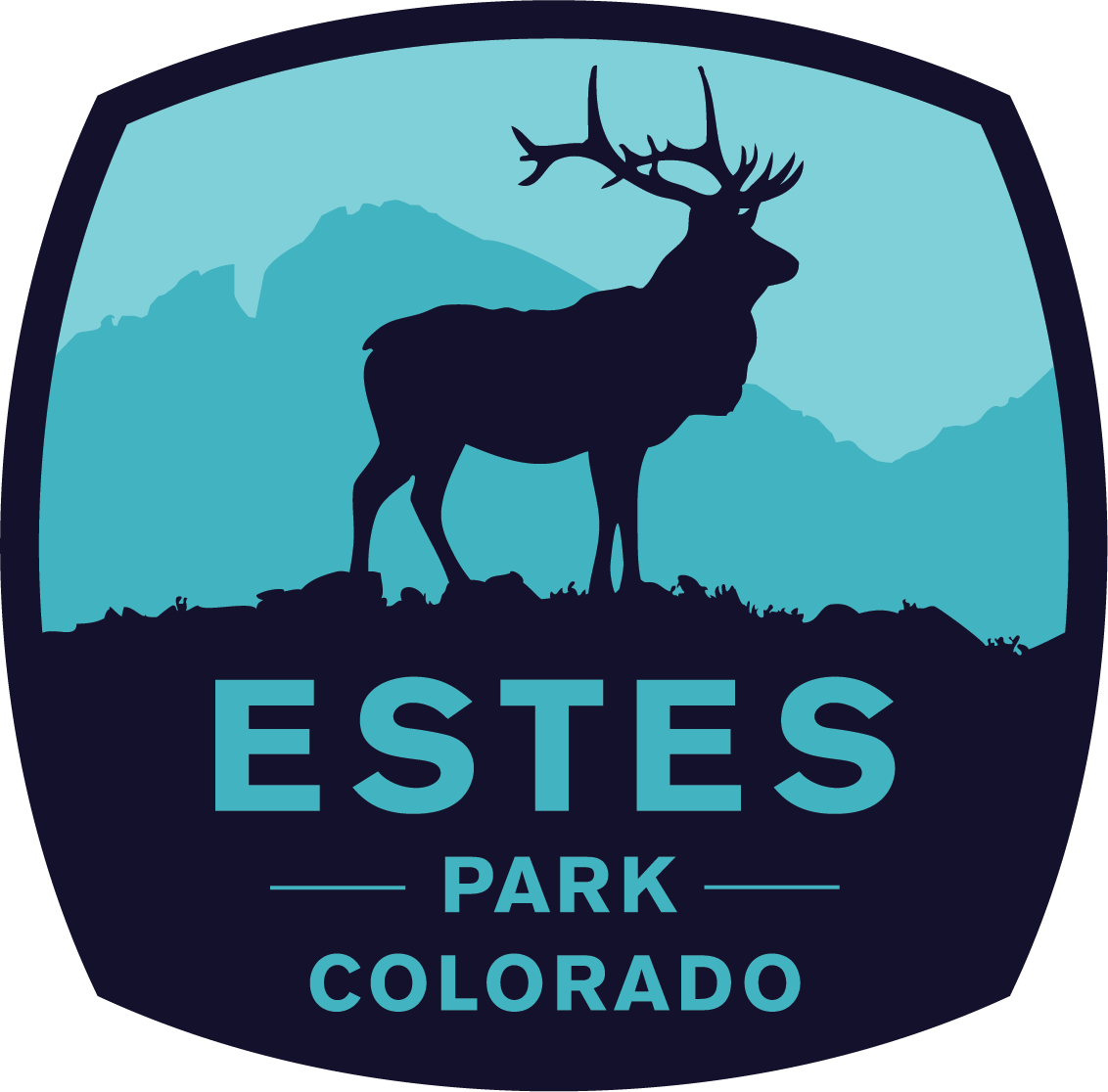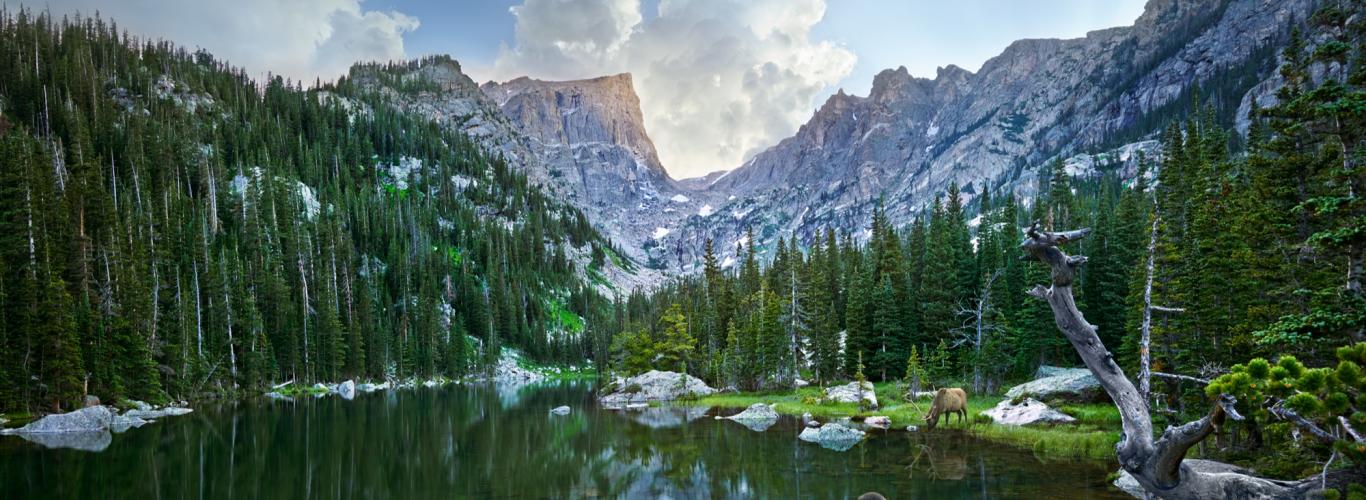A lot of fun and adventure happens at higher altitudes: Take Estes Park, Colorado, which sits at an elevation of 7,522 feet. It’s located just outside Rocky Mountain National Park, one of the highest national parks in the U.S., where you’ll find Trail Ridge Road, the highest continuous paved road in Colorado. It’s a place where snow-capped mountains pierce impossibly blue skies, seemingly barren alpine tundra is dotted with hardy wildflowers, and mountain streams cascade down from high peaks. All the while, trails crisscross these magical places begging to be explored.
However, there is a hidden danger to all this beauty. Altitude sickness can ruin a good day at its best and turn it deadly at its worst. Fortunately, it’s rare that anyone will get true altitude sickness in Estes Park. But it is high enough that if you’re visiting from sea level, it’s worth paying attention.
What is Considered High Altitude?

Mountain sickness can happen at altitudes as low as 8,000 feet, so there’s little need to worry while enjoying Estes. But if you’re considering heading to Rocky Mountain National Park—and especially if you’re attempting to hike to the top of a summit—you need to take some precautions. Some people are naturally more susceptible to altitude sickness. Being overweight or having underlying health issues like hypertension, heart problems, or asthma can make being higher feel even worse than it may otherwise. Thankfully, there are things that can be done to enjoy the mountains safely.
Acclimatize
It’s possible to do some preventative training for the mountains, even at sea level. Again, if you’re just seeing all that Estes Park has to offer, there is no need to go crazy, but it never hurts to walk more, right? If getting more active, it will pay to work the heart and lungs by running, biking, or swimming. Find a steep hike and lap it. Take the stairs every time. Put on a heavy pack and walk uphill.
If possible, try to do workouts and activities at a higher elevation, then return to a lower elevation to sleep. That’s the safest way to train for altitude. It’s the classic “train high, sleep low” routine that climbers on Everest employ. Estes Park isn’t a Himalayan mountain, but the principle still works. Longs Peak, at 14,259 feet, is the highest point in Rocky Mountain National Park, and it’s a popular destination. If that is the goal, then serious training is required.
Once at Altitude

Upon arriving at a higher elevation, it’s time to go into management mode. One of the critical things is to hydrate. The air is not just thinner up here, it’s drier and often cooler. People assume they’re fine because they don’t notice obvious sweat. But it evaporates a lot faster at altitude, so drink and drink some more.
And by drink, we’re talking water. Take it easy on the caffeine. People often don’t sleep well the first couple of nights at a higher altitude, and caffeine will only make that worse. When it comes to alcohol, avoid it or use with caution. Alcohol affects people significantly more at higher elevations, and one beer or a glass of wine might be enough to legitimately impair driving.
You also need to eat: People often lose their appetite at elevation, but the human body burns more calories even at rest when up high. It’s doubly important to get proper nutrition.
The first day or two, take it easy. Estes Park, the beautiful and historic Stanley Hotel, and Rocky Mountain National Park are not going anywhere. Don’t try to see it all in one day. Take it slow, stop and watch the famous elk. Rest often and try to get some sleep. Aspirin and Ibuprofen can help with the headaches that can happen the first couple of days at altitude.
Warning Signs
Being mindful and paying attention when first arriving is beneficial. Spot the symptoms of altitude sickness early and its easily treatable. Symptoms:
- Headache
- Sleeplessness
- Nausea/loss of appetite
- Disorientation
- Irritability
These are the most common symptoms people might experience at altitude. But following the above advice, it can easily be treated. If going up into the park to bag a peak, the key thing to remember is once any kind of altitude sickness is apparent, the only cure is to descend. Don’t try to push on, rest, or drink water. That won’t help. Get to a lower elevation immediately.
None of this should frighten anyone. With all to see, experience, and eat in Estes Park, it’s a worthwhile trip for everyone, no matter if traveling from sea level or elsewhere in Colorado. Rocky Mountain National Park is the third most visited national park in the country. Chances are, you won’t have any problems. But with a little prep and some extra water, you can prepare yourself in case you are one of those people who do experience symptoms at high altitude. It may just mean you spend a little bit more time in Estes Park, which isn’t a bad way to spend a vacation.
Written by Shaine Smith for Matcha in partnership with Visit Estes Park and legally licensed through the Matcha publisher network. Please direct all licensing questions to legal@getmatcha.com.




